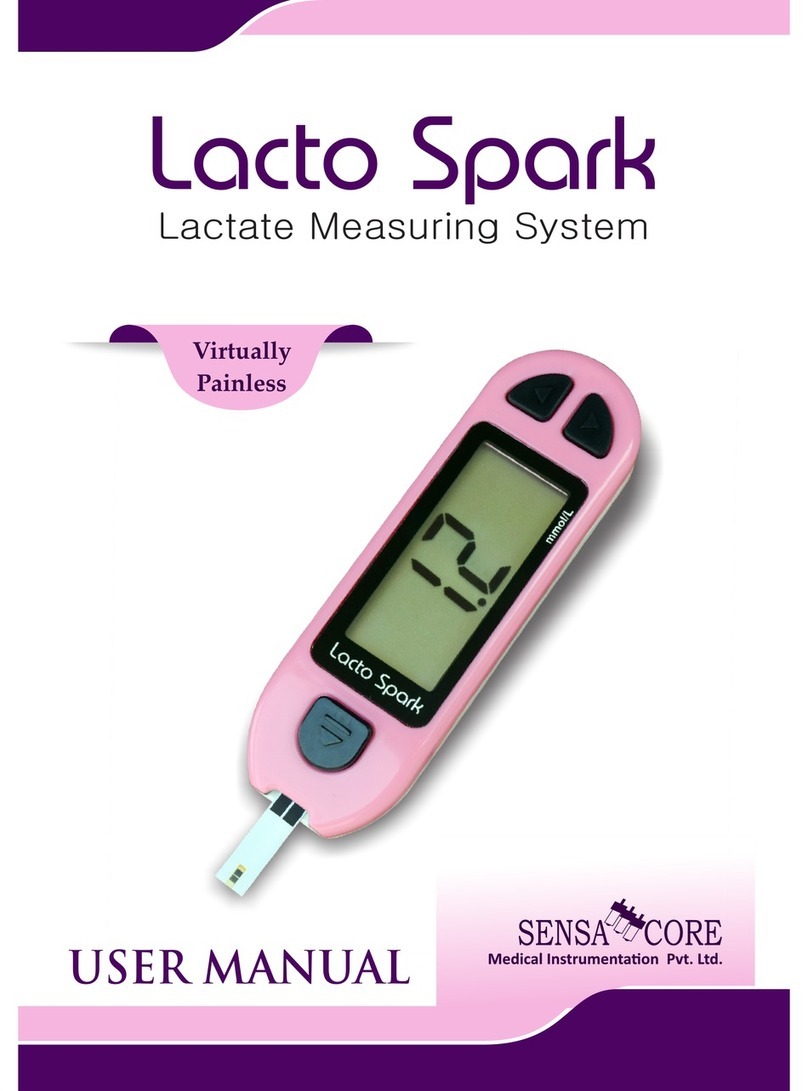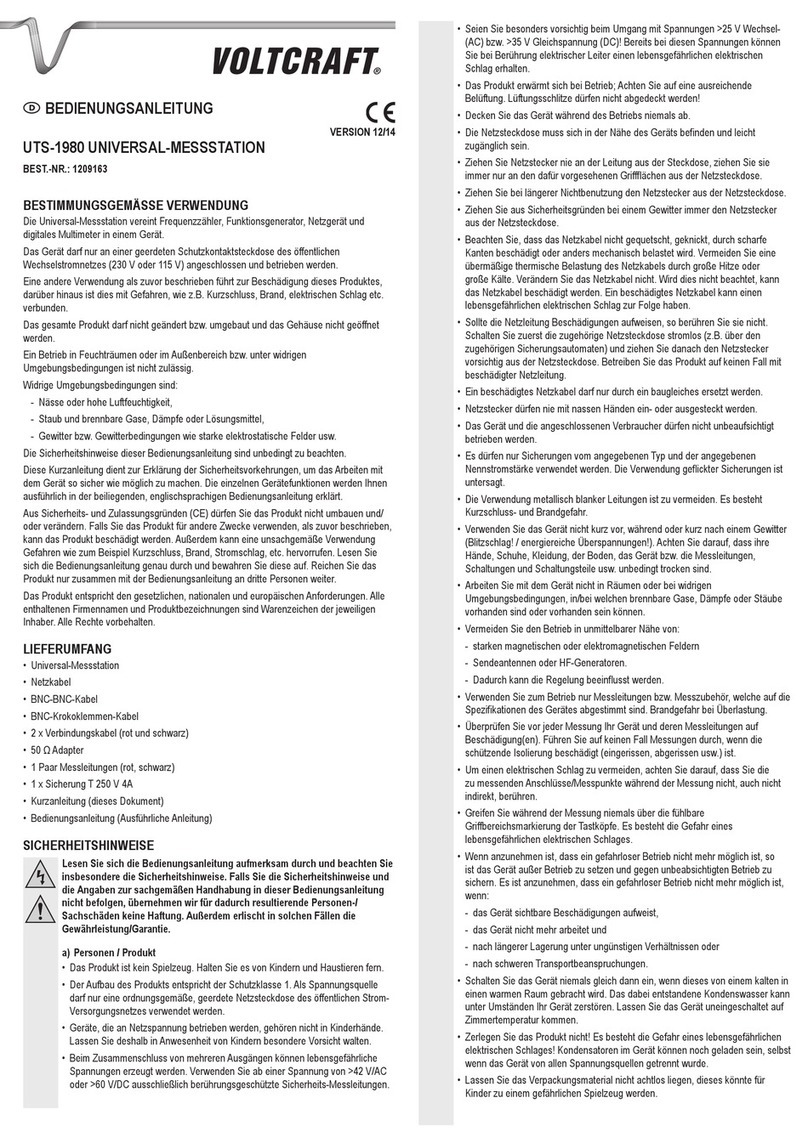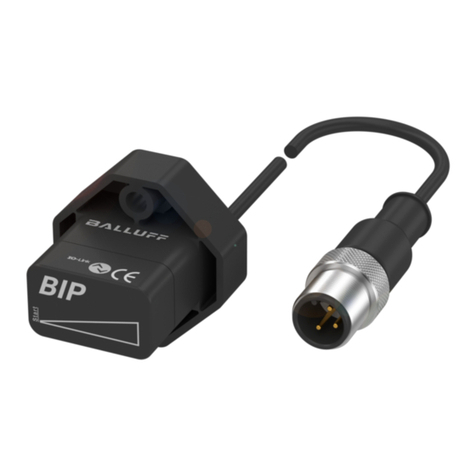Beijing Dianotech Sci-Tech FIC-Q100N Operation and maintenance manual

Instructions for Fluorescent
Immunoassay Analyzer Operation
Beijing Dianotech Sci-Tech Co., Ltd

1
Contents
CHAPTER I. INFORMATION FOR OPERATION ..........................................................................1
1.1
INTRODUCTION TO ANALYZER........................................................................................................................................1
1.2
SCOPE OFAPPLICATION.....................................................................................................................................................1
1.3
EXPLANATION TO PRODUCT SYMBOLS.................................................................................................................2
CHAPTER II. SYSTEM ASSEMBLIES AND MAIN STRUCTURE...............................................2
2.1
STANDARD CONFIGURATION LIST OFANALYZER....................................................................................................2
2.2
MAIN STRUCTURE......................................................................................................................................................3
CHAPTER III. BASIC PARAMETERS AND OPERATING CONDITIONS OFANALYZER...4
3.1
BASIC PARAMETERS OF ANALYZER...............................................................................................................................4
3.2
TRANSPORTATION AND STORAGE CONDITIONS OF ANALYZER...............................................................................4
3.3
OPERATING CONDITIONS OF ANALYZER.....................................................................................................................4
CHAPTER IV. ANALYZER INSTALLATION..................................................................................5
CHAPTER V. DETAILED OPERATING STEPS OF ANALYZER................................................5
5.1
SYSTEM SETUP ..............................................................................................................................................................6
5.2
PROJECTMANAGEMENT............................................................................................................................................13
5.3
SINGLE SAMPLE TESTING ..........................................................................................................................................14
5.4
BATCH TESTING............................................................................................................................................................17
5.5
HISTORIC RECORDS.....................................................................................................................................................20
CHAPTER VI. MAINTENANCE AND SERVICE ................................................................
21
6.1
MAINTENANCE AND SERVICE.........................................................................................................................................21
6.2
MAINTENANCE PLAN ................................................................................................................................................22
6.3
ATTENTIONS FORANALYZER OPERATION........................................................................................................................... 22
CHAPTERVII.TROUBLESHOOTING GUIDE..................................................................
23
STEPS DEALING WITH CRASH.........................................................................................................................................23
CHAPTERVIII.SERVICE,REPAIRANDDESTROY............................................................
24

1
Chapter I. Information for Operation
Thank you for selecting the Fluorescent Immunoassay Analyzer of Beijing
Dianotech Sci-Tech Co., Ltd. .This device is a fluorescent immunoassay system based
on the photoelectric testing principle, and the operation of which needs to have
special-purpose fluorescent immunoreagents for supporting. This analyzer has high
testing accuracy, excellent stability, fast testing speed and low costs. It could be
applied in multiple fields such as disease diagnosis, healthcare, epidemic surveillance
and food security.
The present Operation Instructions is suitable for devices of Model FIC-Q100N
series.
The present Operation Instructions describes in detail the characteristics of the
device and the related information. The illustrated operating steps are convenient for
users. Please following this instruction carefully when operating this analyzer.
1.1
Introduction of the Analyzer
1
Model number/specification: FIC-Q100N
2
Basic size: 280*240*130 (length ×width ×height, unit: mm).
1.2
Fields of application
The Fluorescent Immunoassay Analyzer needs to have a series of supporting
fluorescent immunoreagent cards and reagents for general use. It is only suitable for
medical laboratory professionals to do in vitro diagnosis (IVD) test. It could be used
in the central laboratories of hospitals, outpatient/emergency test laboratories, clinical
sections and other medical service points (such as community medical points),
physical examination centers of medical institutions, and also could be applies to
scientific research laboratories.

2
1.3
Explanation of product symbols
Number
Symbol
Explanation
1
Attention, refer to the attached text
2
In vitro diagnosis
3
Biological risk
Chapter II. System assemblies and the
main structure
Please check carefully according to the following standard list for any missing or
damaged accessories after unpacking.
Note: When noticing any missing or damaged accessories, please contact Beijing
Dianotech Sci-Tech Co., Ltd. and your local sales representatives. For contact details,
please refer to Chapter X. of the Operation Instructions.
2.1
Standard configuration list of analyzer
S/N
Name
Qty.
Unit
1
Fluorescent immunoassay analyzer
1
Set
2
Power supply adapter
1
Set
3
ID card
1
Piece
4
Quality control card
1
Piece
5
Printing paper
1
Roll
6
Optical disc
1
Piece
7
Scanning gun (optional)
1
Set

3
ID card socket
Touch
screen
Test strip socket
2.2
Main structure
Note: The appearance of the analyzer and its accessories is subject to the
physical object.
1
Front side structure diagram:
(Figure I) Front side structure of analyzer
2
Power supply adapter
(Figure II) Power supply adapter
Notes: This accessory is used in coordination with different testing reagents

4
Chapter III. Basic parameters and
operating conditions of analyzer
3.1
Basic parameters of analyzer
Interface RS232, USB, network interface
Printing Built-in thermal printer
Repeatability CV≤10%
Stability CV≤10%
3.2
Transportation and storage conditions of Analyzer
After packaging, the Analyzer should be stored and transported in a well-ventilated
environment free from condensation or corrosive gas. The temperature should be
kept at -10℃~40℃, with relative humility of 20% ~90% and anatmospheric
pressure of (86~106) kPa.
Take care to prevent moisture, impact and strong vibration in transportation.
3.3
Operating conditions of analyzer
3.3.1Positioning and placing requirements
1) The analyzer should be placed in a stable and horizontal table in a room free
from heavy dust, direct sunlight and corrosive gas. The worktable must be able
to bear a weight above 2.5kg.
2) There should be no strong vibration sources and electromagnetic field exist around.
3) The analyzer must be placed in a well-ventilated position with a spare space over 10cm
around to ensure the necessary room for operation and maintenance.
3.3.2 Power supply voltage requirement
This analyzer uses 220V/59Hz AC power supply. The input voltage is

5
Power supply
interface
DC 12V. The power of the analyzer is 36VA. Take care to avoid short circuit and
electric shock danger during operation! The analyzer connects to ground through power
supply adapter.
Note: In all circumstances where the symbol is marked, it is imperative to consult
relevant documents.
Chapter IV. Installation of the analyzer
Please use this analyzer under the specified operating conditions (Refer to Chapter
III “Operating conditions of analyzer”).
1
Place the fluorescent immunoassay analyzer on a stable operating table.
2
Connect the power supply adapter with the power supply interface of the
fluorescent immunoassay analyzer.
3
Switch the power supply to the position “on” to start the analyzer.
Chapter V. Detailed operation steps of
analyzer
The operation of this test analyzer relies on fingers to operate the touch screen of
the analyzer. First, connect the power cord of the analyzer. Turn on the power supply
switch of the analyzer to start the machine. The analyzer goes through self-checking
process. After successful starting, the analyzer’s parameters display on its interface.

6
Complete the system setup process according to the operation instruction before
sample testing. After that, you can proceed to single sample testing, batch testing,
project management and historic record operation.
5.1
System setup
Click the “Settings” button to enter into the operation interface, then process to
function setup, tools, time setup, about and factory resetting menu.
5.1.1 Function setup
Click ”Function Setup” button to enter the following interface. Then click
icon corresponding to second level items to select the setup items.

7
1
Start auto printing:
on-print the result automatically after testing
off-print no result after testing
2
Automatic generation of ID number:
on-generate an ID number automatically according to the edited date
off-input an ID number manually
3
Start the built-in barcode:
on-scan built-in barcode to identify the testing item and batch number information
before test
off-test directly without scanning the built-in barcode
5.1.2 Tools
Click “Tools” button to enter the follow interface. The main tools include: updating
program, backlight adjustment, quality inspection, administrator, network
configuration, port configuration and network connection.

8
I. Updating program
Click “Updating Program” to enter the following interface.
You can select network updating or u-disk updating.
Click to copy the updating program package to a U-disk and insert it
into the USB port behind the analyzer. The analyzer obtains the program of a new
version from the U-disk and updates the system.

9
After updating, the analyzer restarts.
II. Backlight adjustment
Click the “Backlight Adjustment” button to enter the following interface.
Click or to adjust the backlight brightness. Click
to complete the setup and close the dialogue box.
III. Quality inspection
Click the “Quality Inspection” button to enter the following interface.

10
By scanning the quality inspection 2D code, you can obtain the quality control
information. Click “QC Test” to start quality inspection of the analyzer.
When passing the quality inspection, “quality Inspection successful!” will display
on the screen. When not passing the quality inspection, “quality inspection failed!”
will display. If the quality inspection fails, you have to contact the manufacturer for
analyzer adjustment and the testing result is invalid.
IV.Administrator
The administrator function is available for professional technicians to adjust the machine
only.

11
After entering the password, you can set up automatic testing, automatic testing
interval.
Besides, the analyzer provides the following new tools: calibration tool, gain
adjustment, save data, clear records and about the analyzer.
5.1.3 Time setup
Click “Time Setup” button to enter the following interface.
By clicking “Time Setup”, you can set up time. Click the field to be modified and

12
press the signs + or - for adjustment. After modification, click “Time Setup” to
confirm the modification. Clicking “Cancel” to cancel time modification.
5.1.4 About the analyzer
Click “About” to enter the following interface, which displays the model number
and version information of the fluorescent immunoassay analyzer.

13
5.1.5 Factory reset
When clicking “Factory Reset” button, a dialogue box will appear. Youcan clear
all data to resume the ex-factory setup.
After resuming the ex-factory setup, the machine restarts automatically.
5.2
Project management
Click “Project Management” to enter the following interface. Clicking the
corresponding item to select the information appropriate for current test.

14
Click “Previous Page”, “Next Page” to browse the test items saved by the analyzer.
Click “Delete the Selected” to cancel the information of selected test item.
Following is the ID card import method:
Step 1: Insert the ID card into the D card socket of the analyzer.
Step 2: In the inspecting item management interface, click the button “Import ID
Card” to complete the import examination information.
Supplementary notes to ID card import:
1)
Each item number and batch number have a unique corresponding examination
information data. Setting again will overwrite the original setup information.
2)
When inserting the ID card to the analyzer to scan for the matched barcode and
complete one test, it will add the current ID card inspecting item to the list.
5.3
Single sample testing
Step 1: Install the analyzer properly and power on to start the device.
Step 2: Click “Single Sample Testing” to switch to the following interface
Step 3: Select the sample type to be tested.
Step 4: Confirm the inspecting item and batch number information.

15
The current testing item and batch number information are set up in the
project management. Refer to 5.2 Project Management when it is necessary
to change.
Step 5: After obtaining the confirmed information, begin to test.
Click and the analyzer start the motor to scan the card and
begin to test.
If clicking the analyzer begin to count the incubation time. The test
will start only after incubation is finished.

16
After test is finished, the result will display on the screen.
Step 6: Check the Result
When the test is complete, the result will display on the screen. By clicking
, the detailed test result could be checked.

17
5.4
Batch testing
Begin to incubate-〉during incubation-〉inserting a test strip-〉testing –〉pull out
the test strip
Click “Batch Testing” to switch to the following interface.

18
Step 1: Add samples.
Click to complete adding the IDs of all samples to be tested.
Step 2: Begin to incubate
Add samples to the test strips. Immediately after adding samples, click “Begin to
Incubate”. The testing state changes and incubation time countdown begins.
Table of contents
Popular Measuring Instrument manuals by other brands
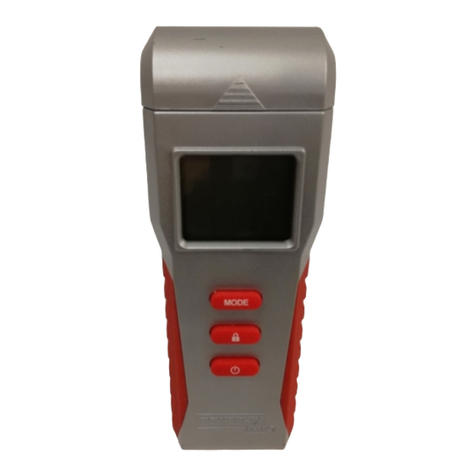
Powerfix Profi
Powerfix Profi 278296 Operation and safety notes

Test Equipment Depot
Test Equipment Depot GVT-427B user manual
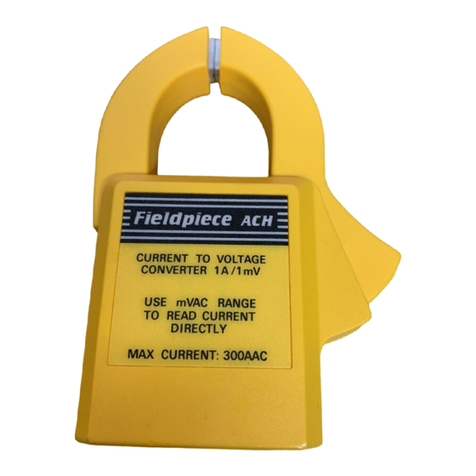
Fieldpiece
Fieldpiece ACH Operator's manual
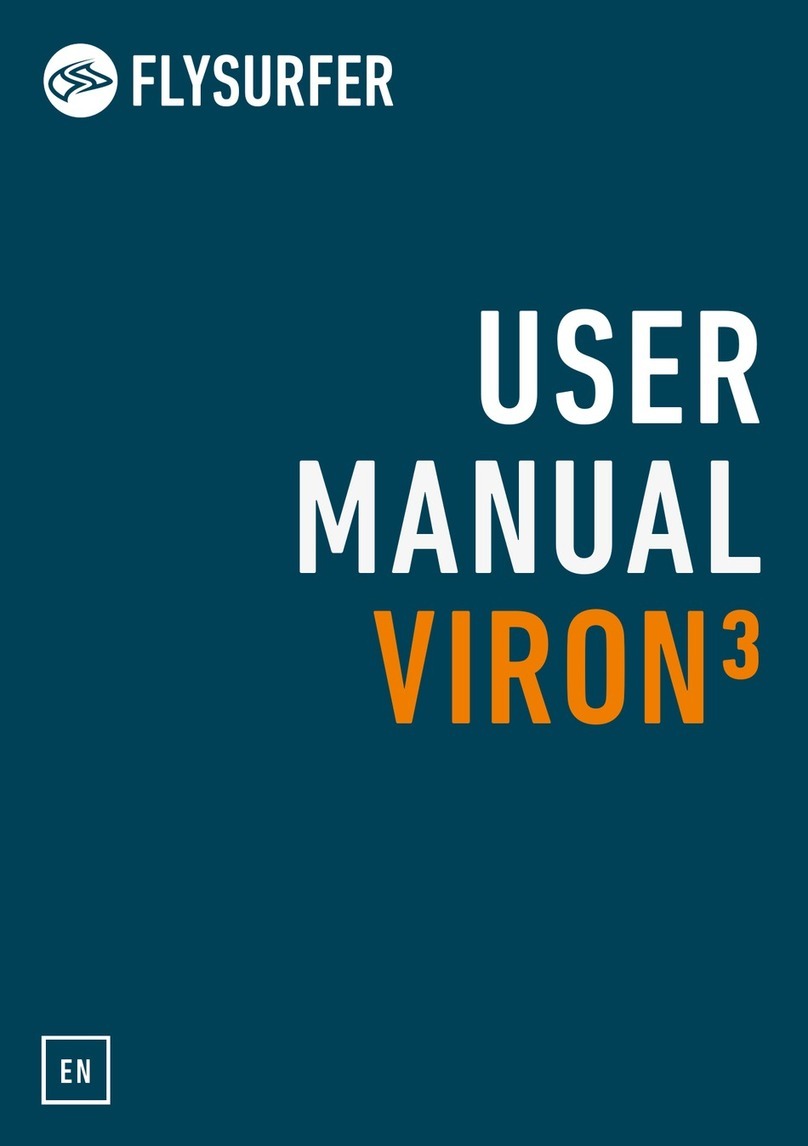
FLYSURFER
FLYSURFER VIRON3 user manual

GMW
GMW TG uni 1 operating manual

Downeaster
Downeaster Wind & Weather Medallion Series instruction manual
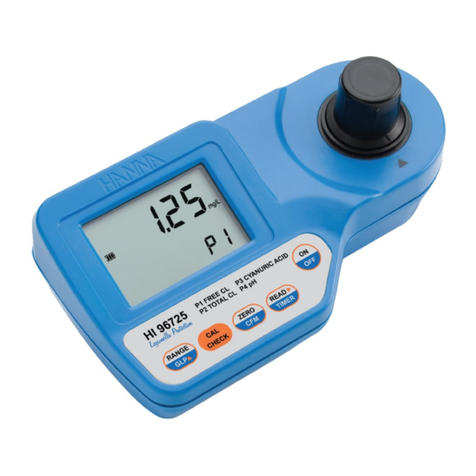
Hanna Instruments
Hanna Instruments HI96725C instruction manual
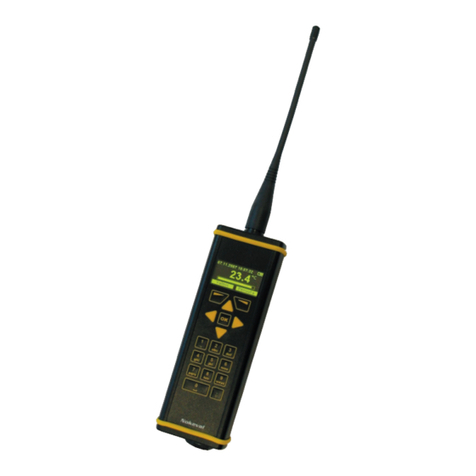
Nokeval
Nokeval KMR260 quick guide
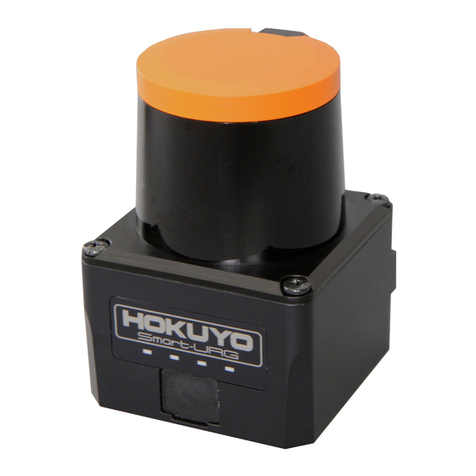
HOKUYO AUTOMATIC
HOKUYO AUTOMATIC UBG-05LN instruction manual
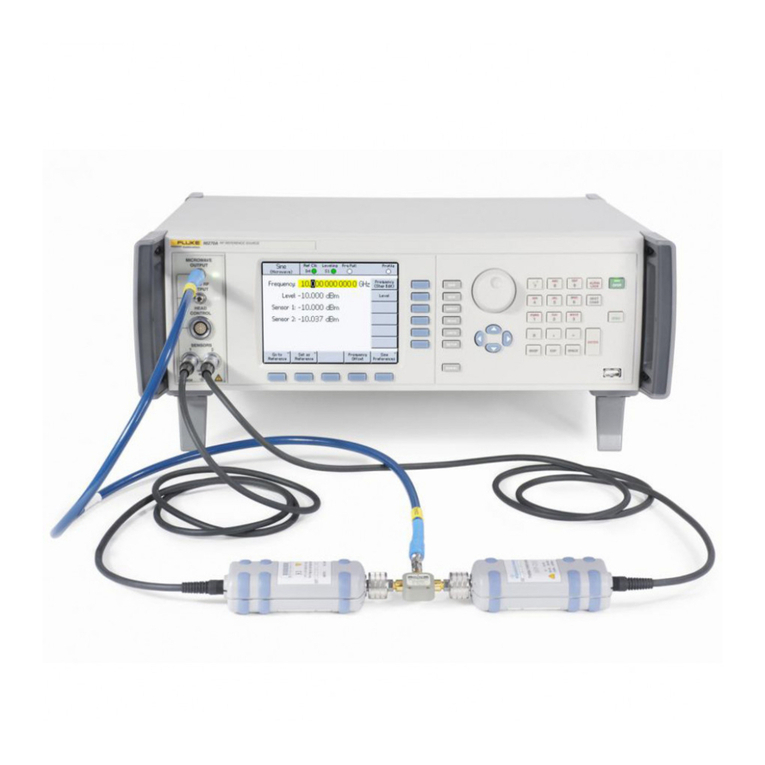
Fluke
Fluke 96000 Series Operator's manual
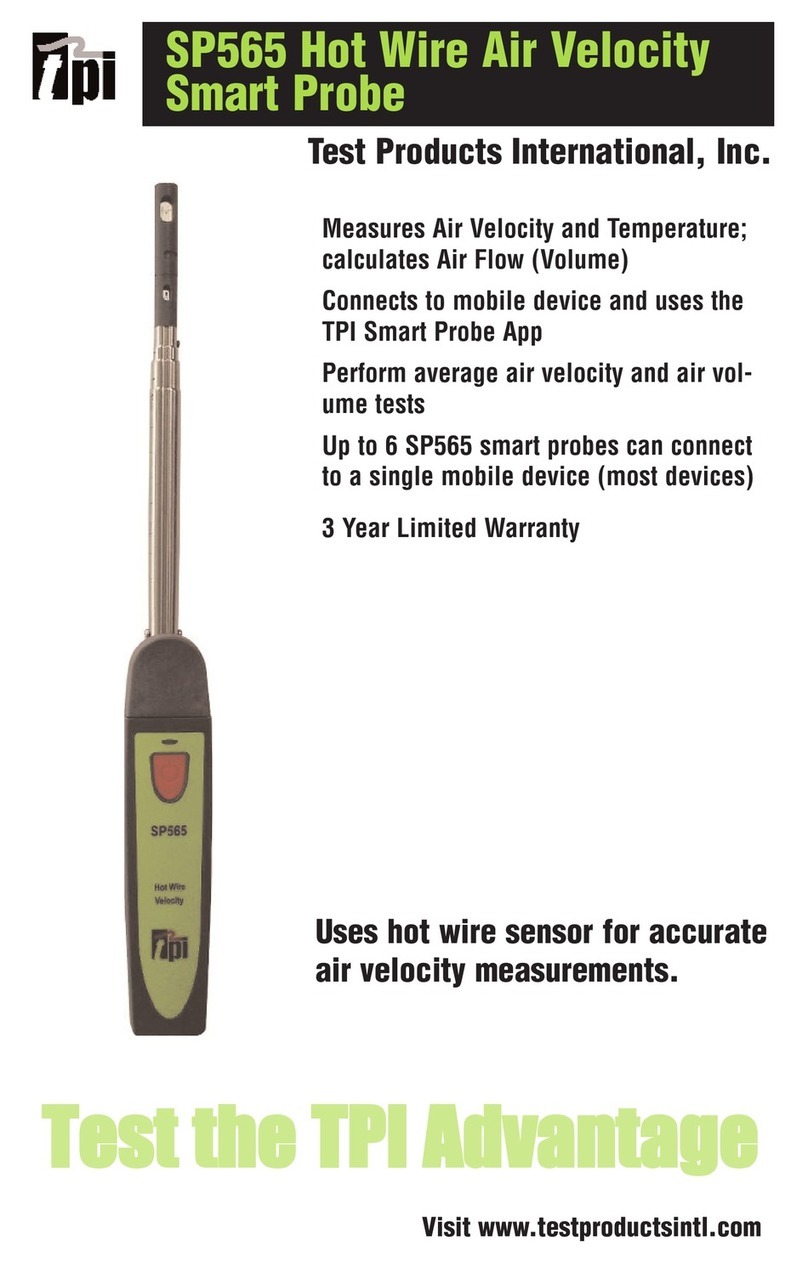
Test Products International
Test Products International SP565 user manual
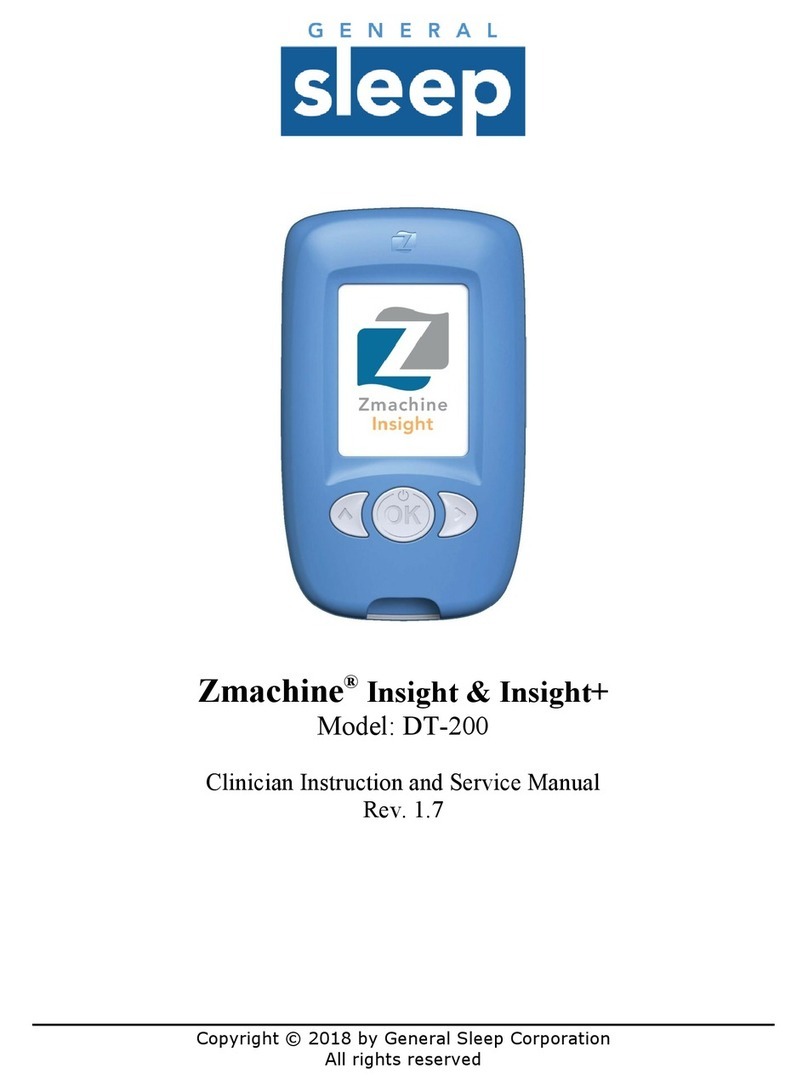
General Sleep
General Sleep Zmachine Insight+ DT-200 Service manual
